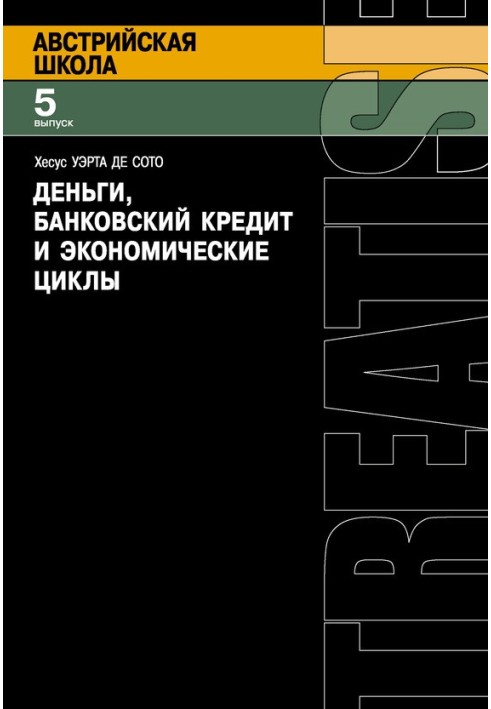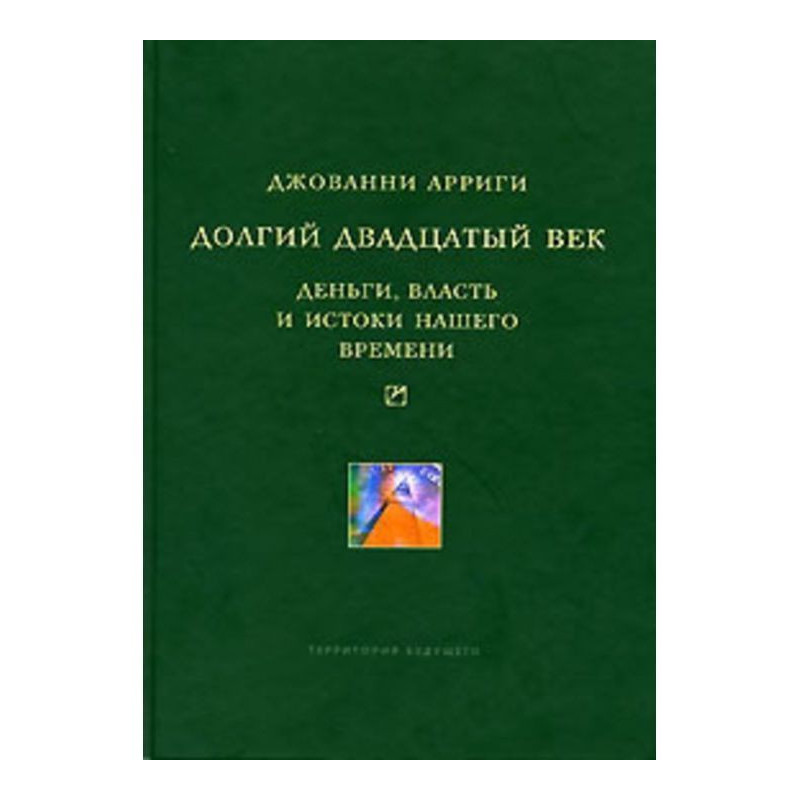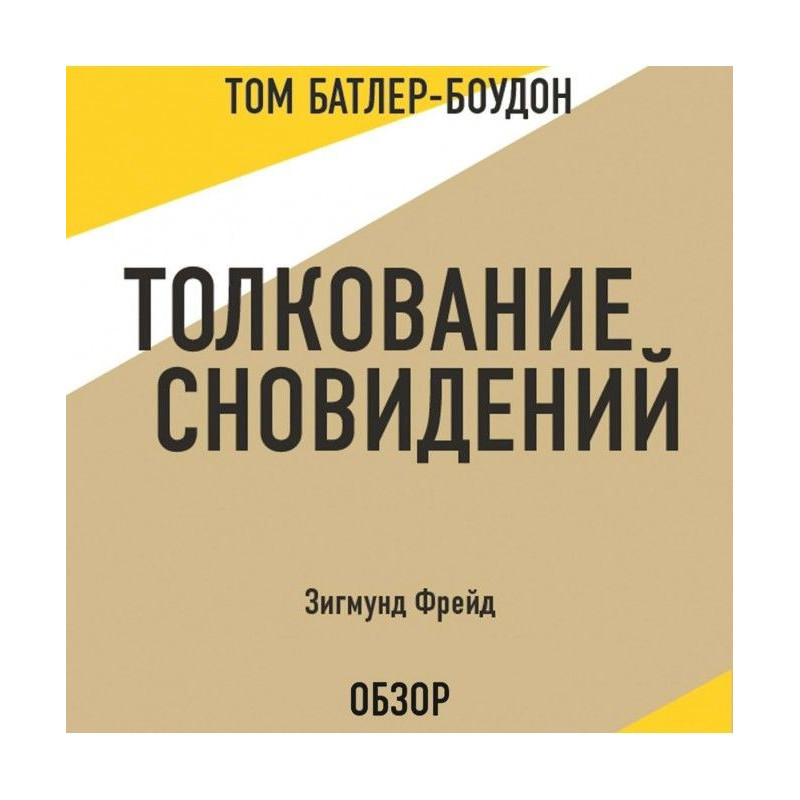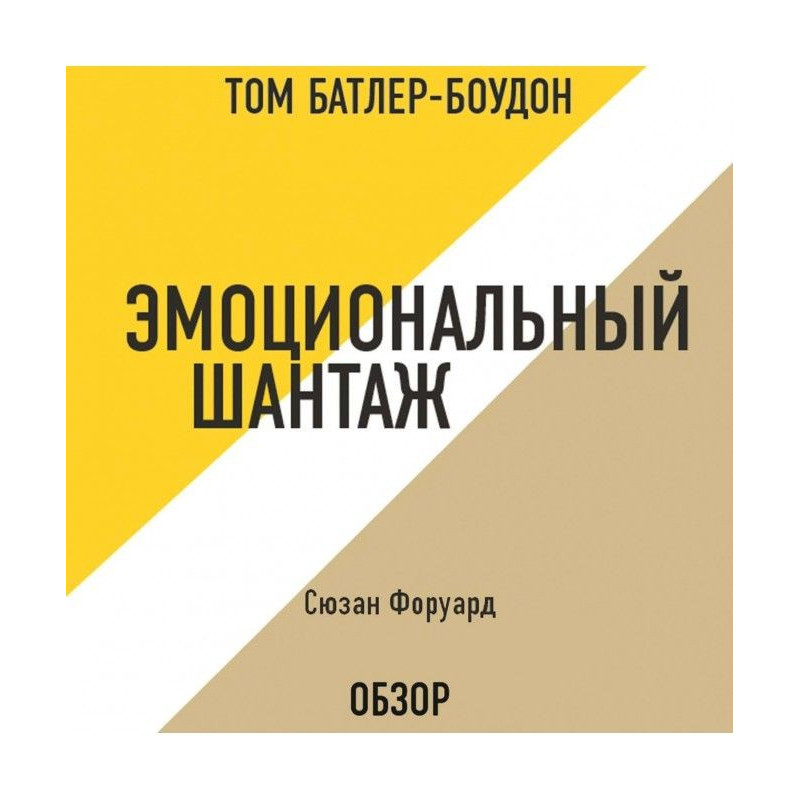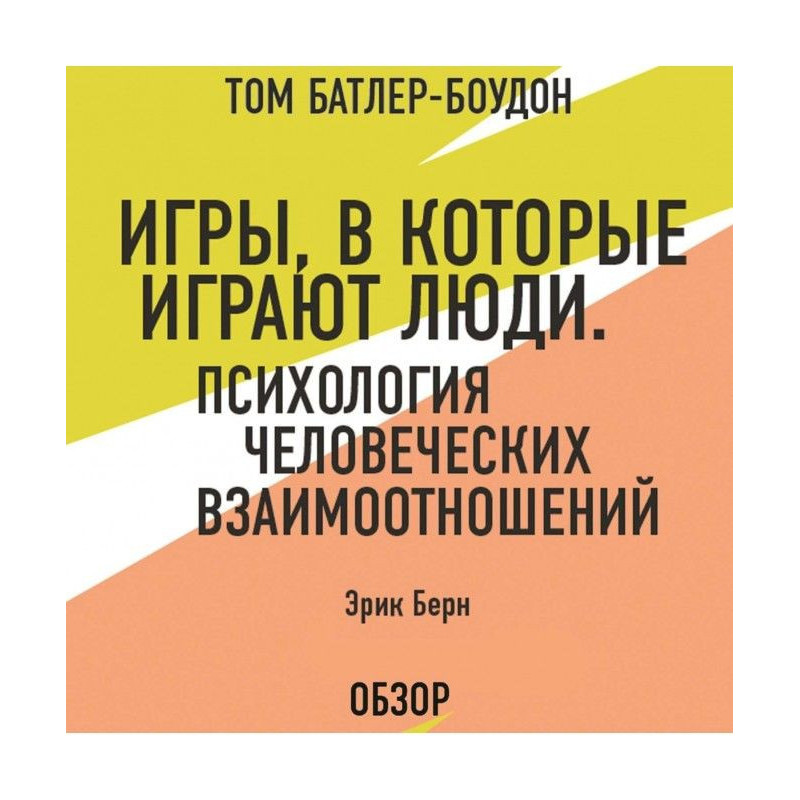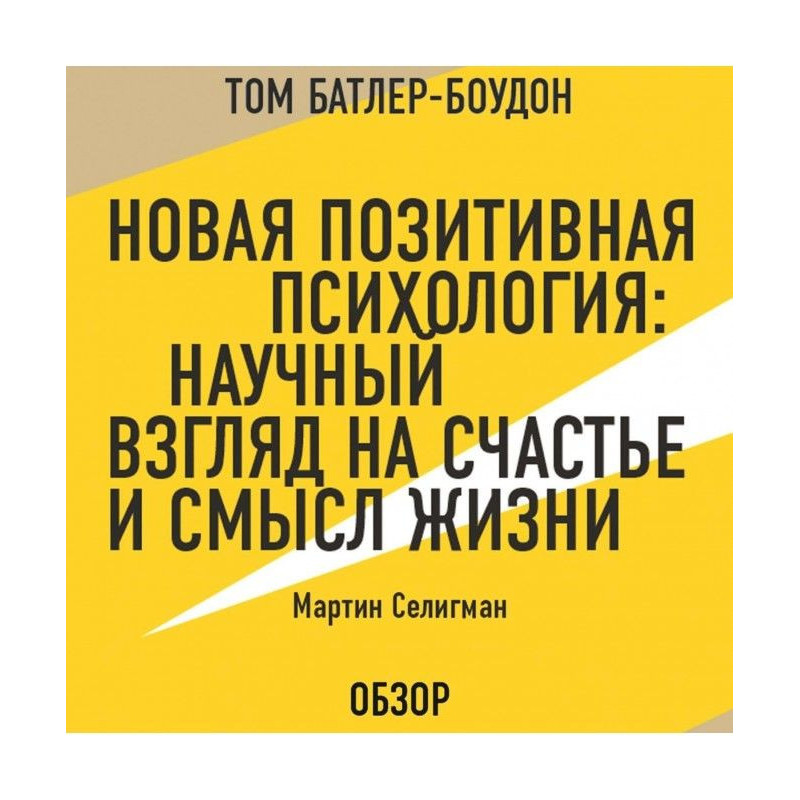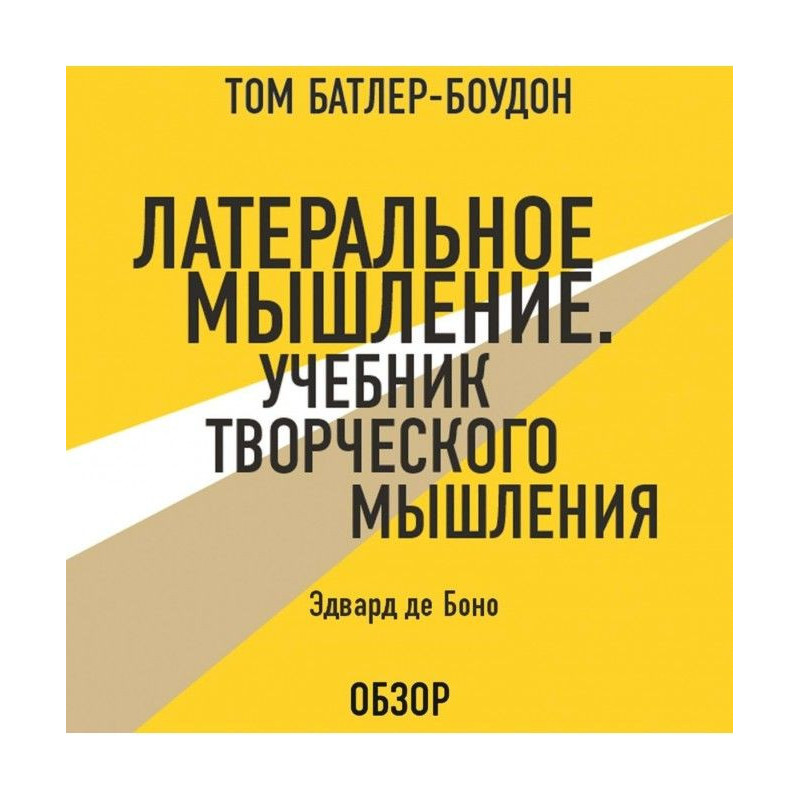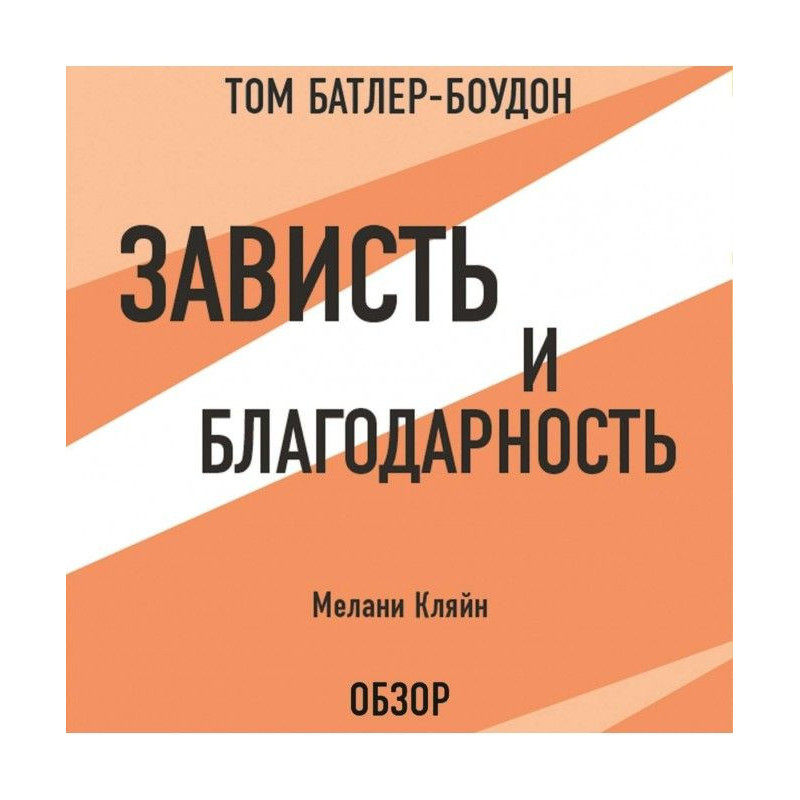Money, bank credit and economic cycles
 Instant download
Instant download
after payment (24/7)
 Wide range of formats
Wide range of formats
(for all gadgets)
 Full book
Full book
(including for Apple and Android)
The book is devoted to a comprehensive examination of the central institution of the modern economic order - fractional reserve banking with the central bank and the role of this institution in periodically repeating economic cycles. The author analyzes this problem from legal, historical and economic points of view. The first three chapters cover the legal and historical aspects of fractional reserve banking. Chapters 4–7 explain in detail how the violation of universal legal principles by fractional reserve banking inevitably leads to credit expansion and the boom-bust cycle. Here Huerta de Soto sets out and develops the approach of the Austrian economic school (L. Mises, F. Hayek, M. Rothbard). Chapter 8 examines the theories behind the need for a central bank and the permissibility of fractional reserve banking. In the concluding chapter 9 of the book, the author discusses the problem of reforming the modern monetary system based on a combination of fiat money and fractional reserve banking under the control of the central bank, presenting his own plan. The book is written for educated non-specialists in simple non-technical language, one might say “ on fingers". The author constantly repeats the conclusions obtained in previous chapters, not allowing the reader to forget about them, which significantly contributes to the understanding of the logic of the presentation.
Data sheet
- Name of the Author
- Хесус Уэрта де Сото
- Language
- Russian
- Translator
- Александр Викторович Куряев
Григорий Геннадьевич Сапов
Т. Д. Данилова
Reviews
Глибокий аналіз банківської справи та економічних циклів
Книга "Гроші, банківський кредит та економічні цикли" є надзвичайно цінним внеском у розуміння сучасної економіки та ролі банків у ній. Автор, Уерта де Сото, майстерно поєднує юридичні, історичні та економічні аспекти, що дозволяє читачеві отримати всебічне уявлення про складні механізми, які стоять за банківською справою з частковим резервуванням. Перші три розділи, присвячені юридичним та історичним аспектам, закладають міцний фундамент для подальшого аналізу, а наступні розділи детально пояснюють, як порушення універсальних принципів права призводить до економічних циклів буму та краху. Цей підхід, заснований на австрійській економічній школі, відкриває нові горизонти для розуміння проблем сучасної грошової системи. Завдяки чіткій структурі та повторенню ключових висновків, книга стає доступною навіть для тих, хто не є економістом. Я б рекомендував цю книгу всім, хто цікавиться економікою, фінансами та бажає зрозуміти, як працює сучасна банківська система. Це не просто теоретичний аналіз, а практичний посібник для тих, хто хоче зрозуміти, як реформувати грошову систему на користь суспільства.

